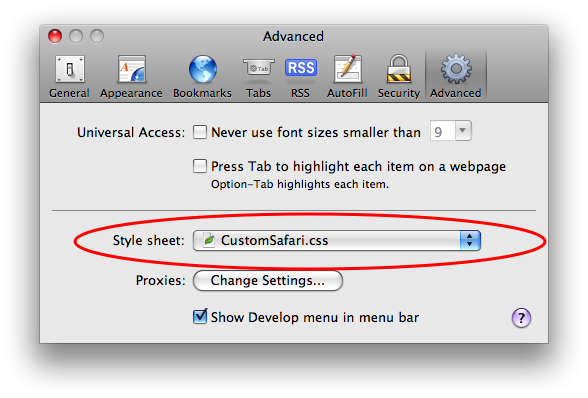Secret questions are an easier way for someone to hack your account. I don’t see that they offer much over asking people to pick an insecurely convenient password.
Here’s some data on how insecure secret questions are,
Acquaintance with whom participants reported being unwilling to share their webmail passwords were able to guess 17% of their answers (to “secret” questions). Participants forgot 20% of their own answers within six months. What’s more, 13% of answers could be guessed within five attempts by guessing the most popular answers of other participants, though this weakness is partially attributable to the geographic homogeneity of our participant pool.
(Via Bruce Schneier)
It’s important to note that people often forget answers to their own secret questions. Anecdotally, I’ve had to call my bank twice because I forgot exactly how I typed in my answers.
Forgetting the answer to a secret question can be embarrassing, unlike forgetting a password. I once got my mother’s maiden name wrong repeatedly. It was pretty awkward. (A credit card was also in my mother’s name, so when they asked “for my mother’s maiden name” they really meant her mother’s maiden name.)
I don’t know of any statistics on how often accounts are compromised by secret questions. But there have been high-profile cases, like Sarah Palin’s email,
…the Palin hack didn’t require any real skill. Instead, the hacker simply reset Palin’s password using her birthdate, ZIP code and information about where she met her spouse — the security question on her Yahoo account, which was answered (Wasilla High) by a simple Google search.
Bruce Schneier says, “Passwords have reached the end of their useful life. Today, they only work for low-security applications. The secret question is just one manifestation of that fact.” If you must use password authentication, then don’t weaken it further with a questionable back door.


